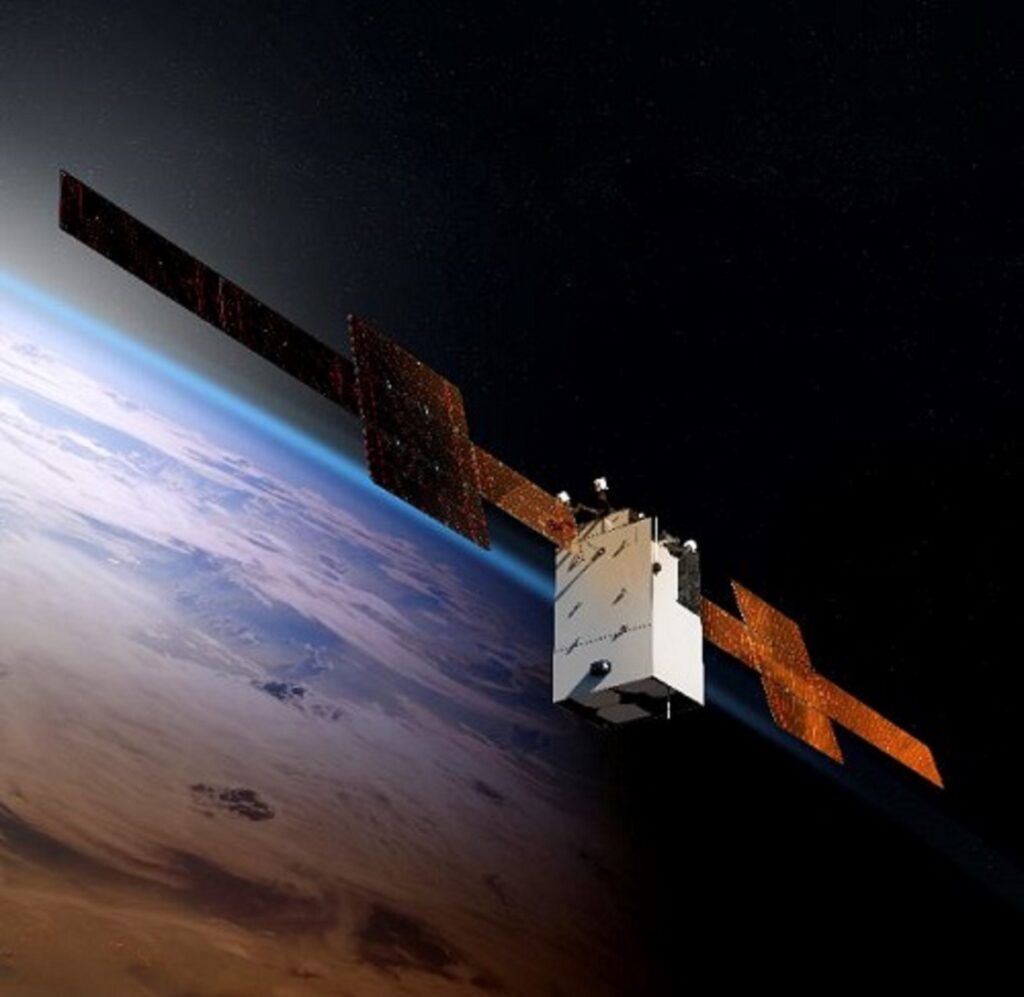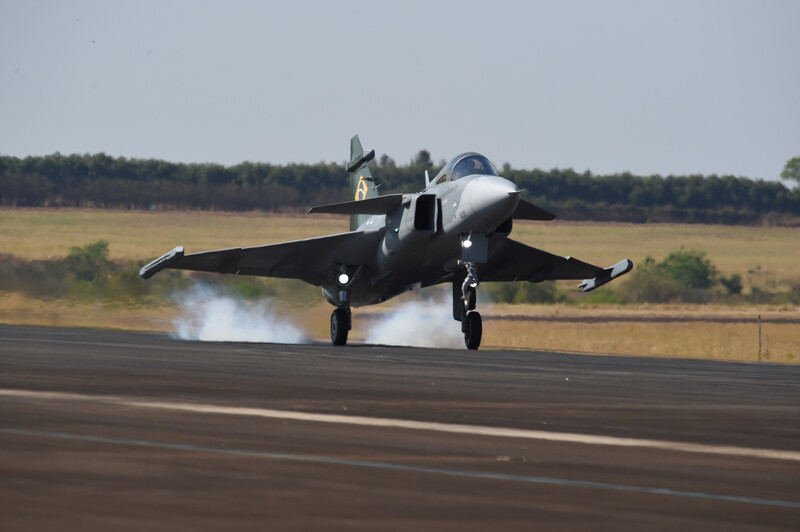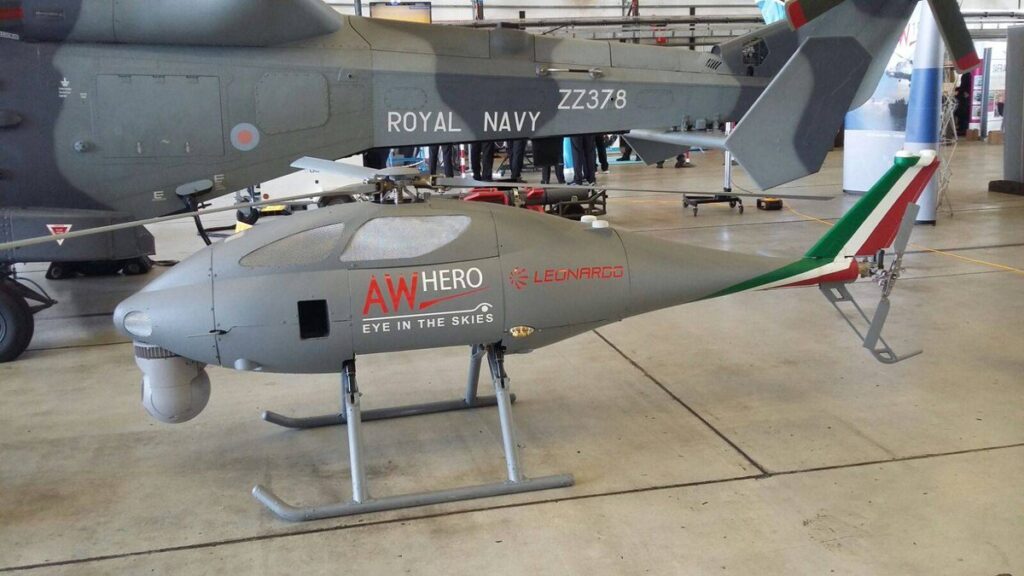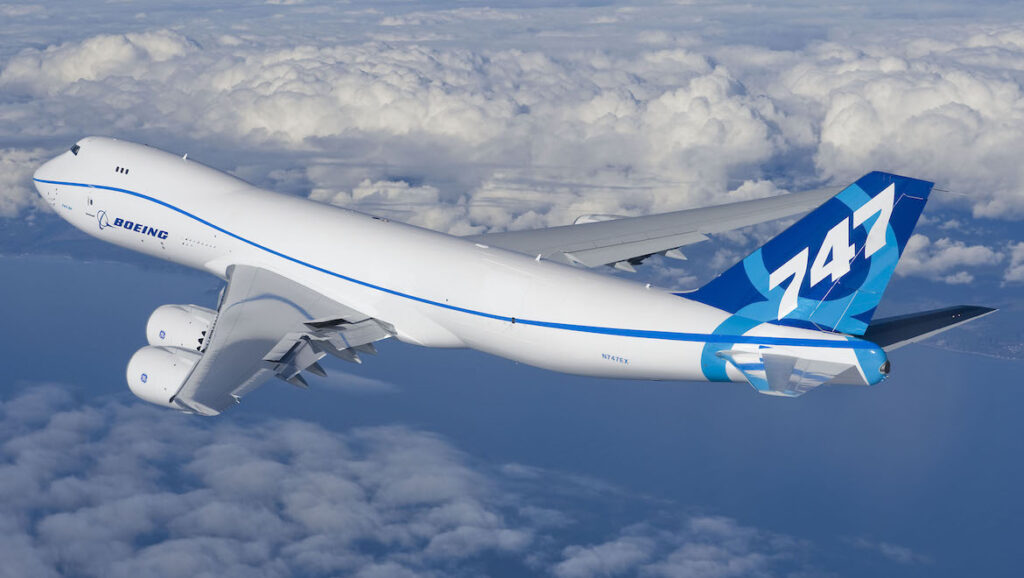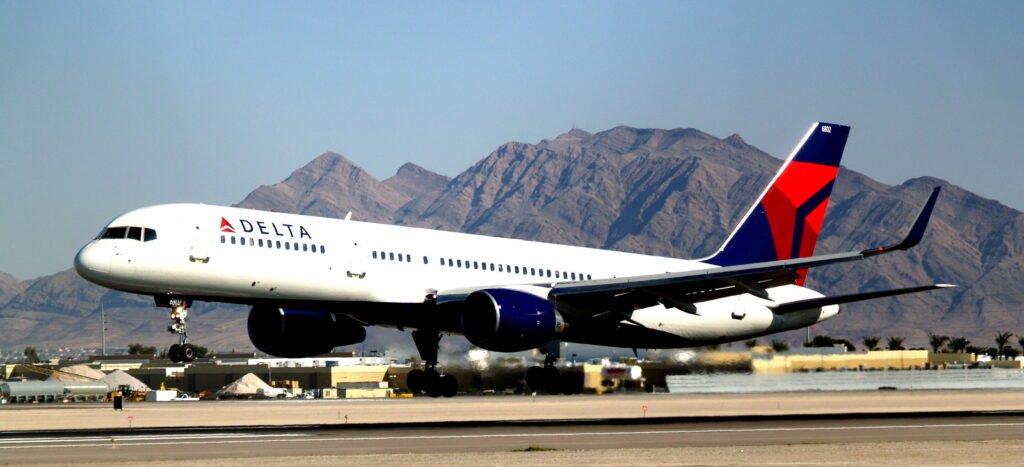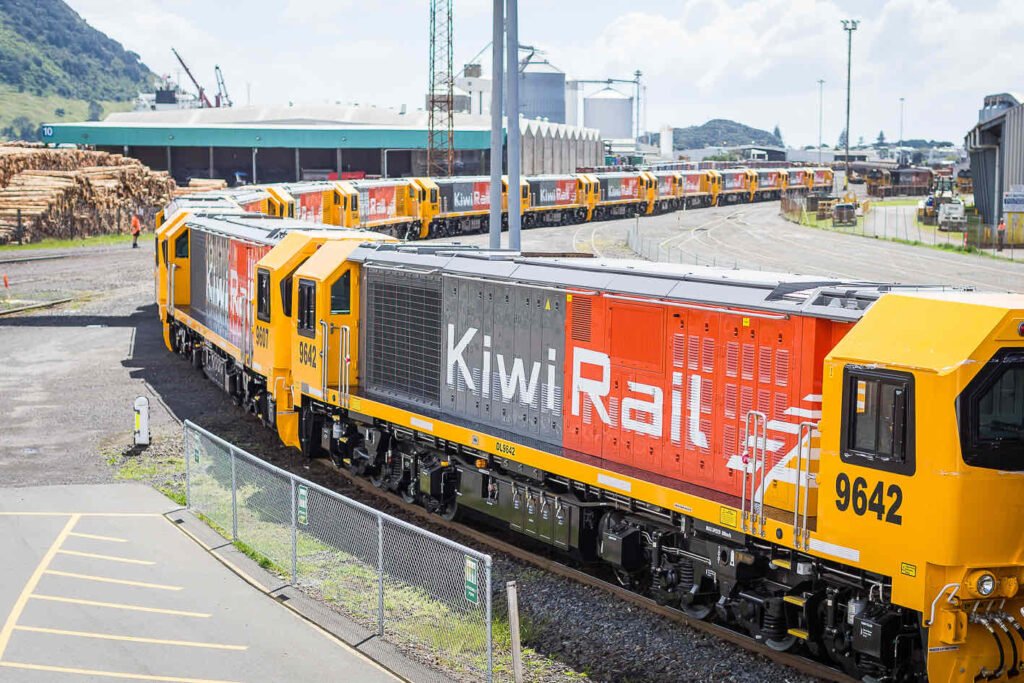French Airbus Workers Sign Key Restructuring Deal
FILE PHOTO: The logo of Airbus is pictured at the entrance of the Airbus facility in Bouguenais, near Nantes, France, July 2, 2020. REUTERS/Stephane Mahe/File Photo TOULOUSE, France (Reuters) - Major French unions on Monday…

